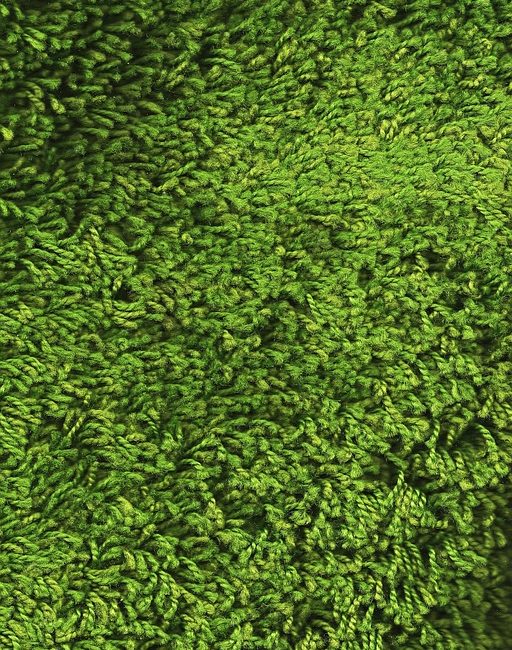How well a carpet performs over its life can depend on a variety of factors. But ultimately, the carpet quality is a function of carpet construction. When evaluating carpet quality the major factors to consider are carpet fiber, carpet pile and color, carpet backing and carpet density.
Carpet is just one of the many flooring choices for a home. When trying to decide whether or not to purchase carpet, it is important to consider design, price, comfort, sustainability, and whether or not it is ideal for the installation location.
Facility executives managers have the option of installing carpet that uses natural or synthetic fibers. Nylon and olefin are the two leading carpet fibers used in commercial applications, while wool is the leading natural fiber in use. Synthetic fibers in general offer greater fiber strength and resistance to soiling, but there are applications where wool is the fiber of choice.
The Impact of Color and Carpet Pile on Carpet Quality
There are two major ways in which color is added to carpet fibers: solution dyeing and stock dyeing. In solution dyeing, the color pigment is added to the yarn during the manufacturing process, resulting in color that extends throughout the yarn material. This gives the fibers outstanding resistance to fading and excellent color stability, making them well-suited for applications where the carpet may be exposed to sunlight, bleach or harsh detergents.
When fibers are stock dyed, the pigments are added to the yarn after they have been manufactured but before they are turned into spun yarn. It is a lower cost process than solution dyeing, with only a slight decrease in fiber performance. A wider range of colors are available for carpets that have been stock dyed.
Carpet Backing Options
Backing materials also help determine the performance of carpet by providing strength and stability. Nearly 90 percent of commercial carpet is tufted. In tufted carpet construction, the yarn is stitched through a backing fabric and locked in place with a latex coating. To provide additional strength, additional backing materials, such as polypropylene and jute, are added.
Both polypropylene and jute are strong, resilient and durable. Polypropylene offers better mildew resistance, making it better suited for applications in damp or high humidity applications.
Backings are available with a moisture barrier designed to keep fluid spills from seeping through and causing damage to the sub-floor or creating conditions that would support the growth of mildew. Moisture barrier backings are best suited for applications where the potential exists for frequent spills, such as eating areas.
Other Carpet Quality Measures
Another measure of quality is the yarn count, the amount of yarn needed to fill a given length of carpet. The higher the yarn count, the finer the yarn used in the construction of the carpet.
Also, the number of yarn tufts installed in one row of one inch of carpet, known as the stitches per inch, will vary with the quality of the carpet. In general, the higher the number of stitches per inch, the higher the quality and the greater the durability of the carpet.
For more useful information of this topic, check out the site below:
carpet layer west auckland , carpet laying south auckland
, carpet laying south auckland
Article Tags: Carpet Quality, Applications Where, Solution Dyeing
Source: Free Articles from ArticlesFactory.com
ABOUT THE AUTHOR
Graeme Stephens has been running the largest owned carpet cleaning company
in new Zealand for 24 years. IICRC qualified “master restoration technician”
Last modified: October 28, 2016



